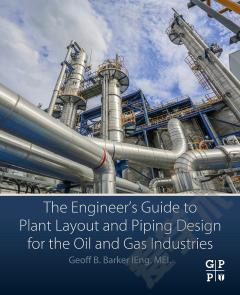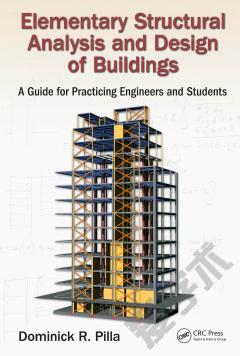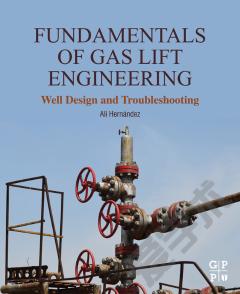Design and Construction of Laboratory Gas Pipelines —— A Practical Reference for Engineers and Professionals
----- 实验室天然气管道的设计与施工:工程师与专业人员实用参考
This new volume, Design and Construction of Laboratory Gas Pipelines: A Practical Reference for Engineers and Professionals, focuses on design and installation of laboratory gas pipelines. It instructs design engineers, laboratory managers, and installation technicians on how to source the information and specifications they require for the design and installation of laboratory gas systems suitable for their intended use. The current use of specifications predominantly taken from medical gas standards for this type of work is not always suitable; these standards are for use with medical grade gases that have a purity level of 99.5%. The purity levels required in laboratories, however, start at 99.9% for general industrial use through to 99.9995% (Ultra High Purity (UHP)) and higher. Regular medical gas standards are also unsuitable for use with the oxidizing, flammable, and, in some instances, toxic gases that are regularly encountered in laboratories. As need for gas purity increases, the methodology used to design a piping system must vary to meet those parameters, and this reference provides the necessary information and resources. There are no comprehensive single sources of technical references currently available in this market, states the author, and the generally supplied specifications provided to the construction industry are usually generic and not specifically targeted for the gases in use. The results provide extremely poor quality designs and, in some instances, unusable systems. With over 40 years of specialization in the industry from project management to systems design, testing, and commissioning of projects with values in excess of $15 million, the author comprehensively fills that gap with this rich resource. Key features provides information on types of laboratories that use laboratory gases and the equipment needed explains the various methods of construction and the materials used to ensure that the purity of the gases remains as supplied from the manufacturers incorporates the design methodology used to meet the various requirements of the laboratory and the information required to ensure that the correct engineering is provided presents information on the purity levels of the gases and the data on the equipment used for pipelines and compatibility issues presents an example of a simple laboratory gas specification that provides guidelines on the information necessary to provide a set of design documents
{{comment.content}}








 京公网安备 11010802027623号
京公网安备 11010802027623号